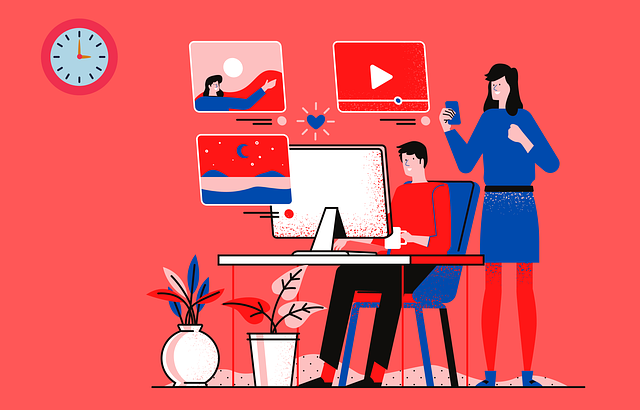Optimizing images is a vital strategy for Houston SEO services, improving website performance by reducing load times and enhancing user experience. Techniques such as choosing modern file formats (JPEG 2000, WebP), setting optimal dimensions, and browser caching make content more accessible to search engines. This results in higher rankings and faster, more engaging experiences for audiences, ultimately appealing to both users and search algorithms like Google's ranking criteria.
In today’s digital era, optimizing images and media is crucial for enhancing user experience and boosting search engine rankings in competitive markets like Houston. For businesses seeking top-tier Houston SEO services, understanding image optimization techniques is essential. This article delves into effective strategies to reduce image file sizes without sacrificing quality, ultimately improving page load times and strengthening your online presence in the highly saturated Houston market.
- Understanding Image Optimization for SEO in Houston
- Techniques to Reduce Image File Sizes Without Compromising Quality
- The Impact of Faster Load Times on User Experience and Search Engine Rankings
Understanding Image Optimization for SEO in Houston

In the digital landscape, where websites compete for user attention in the bustling online world of Houston SEO services, optimizing images and media is no longer just about enhancing aesthetics; it’s a critical strategy for improving website performance. Efficient image optimization directly impacts search engine rankings and user experience, making it an essential component of any comprehensive Houston SEO service. By compressing and resizing images without sacrificing quality, websites can significantly reduce load times, ensuring that visitors don’t abandon the site due to slow performance.
This process involves various techniques, such as choosing the right file format (JPEG, PNG, WebP), setting optimal dimensions for display, and leveraging browser caching. These strategies not only benefit search engines by making content more accessible but also provide a smoother user experience, encouraging visitors to explore more of what the site has to offer. Effective image optimization is a powerful tool in the arsenal of any Houston SEO service provider, ensuring that websites not only rank higher but also deliver faster, more engaging experiences to their audience.
Techniques to Reduce Image File Sizes Without Compromising Quality

Optimizing images is a crucial part of enhancing website performance, especially for those seeking top rankings with Houston SEO services. One effective strategy to reduce image file sizes without sacrificing quality involves utilizing modern compression techniques. Tools like JPEG 2000 and WebP offer superior compression rates compared to traditional formats, resulting in smaller file sizes without noticeable differences in visual appeal.
Additionally, adaptive image formatting ensures that the right image quality is delivered based on the user’s device and display settings. This dynamic approach allows for substantial size reductions while maintaining a high-quality user experience. By employing these techniques, web developers can significantly improve page load times, contributing to better search engine rankings and enhanced user satisfaction.
The Impact of Faster Load Times on User Experience and Search Engine Rankings

Faster load times significantly enhance user experience, which is crucial for retaining visitors and encouraging engagement. In today’s digital era, where users are accustomed to instant gratification, slow-loading images and media can lead to frustration and higher bounce rates. Optimizing visuals not only improves page speed but also positively impacts key performance indicators (KPIs) and overall website performance. This is particularly relevant for Houston SEO services, as search engines like Google prioritize sites with swift loading times, ranking them higher in search results. By ensuring your media assets are compressed and formatted efficiently, you can reduce page load times, making your site more appealing to both users and search algorithms.
Optimizing images for faster load times is a powerful strategy that can significantly enhance user experience, especially for those seeking top-tier Houston SEO services. By employing techniques like compression and resizing without compromising quality, websites can reduce file sizes, leading to quicker loading times. This not only keeps visitors engaged but also boosts search engine rankings, making it a vital step in any comprehensive Houston SEO strategy. Implement these strategies today to witness improved performance and better online visibility.
